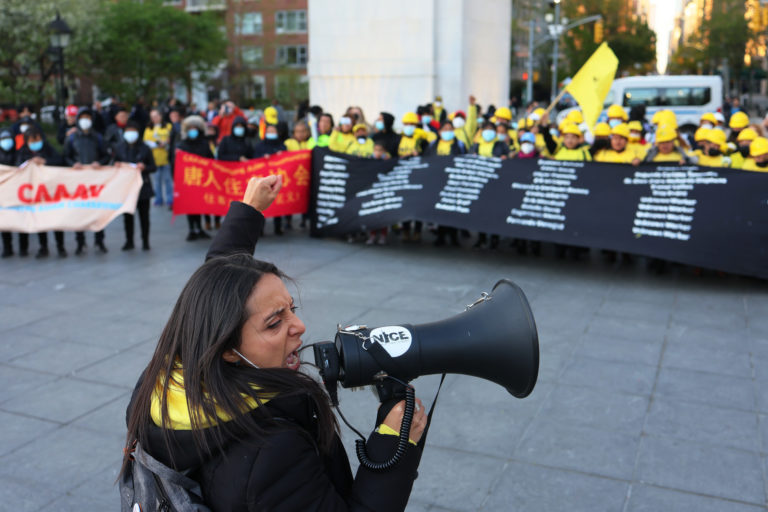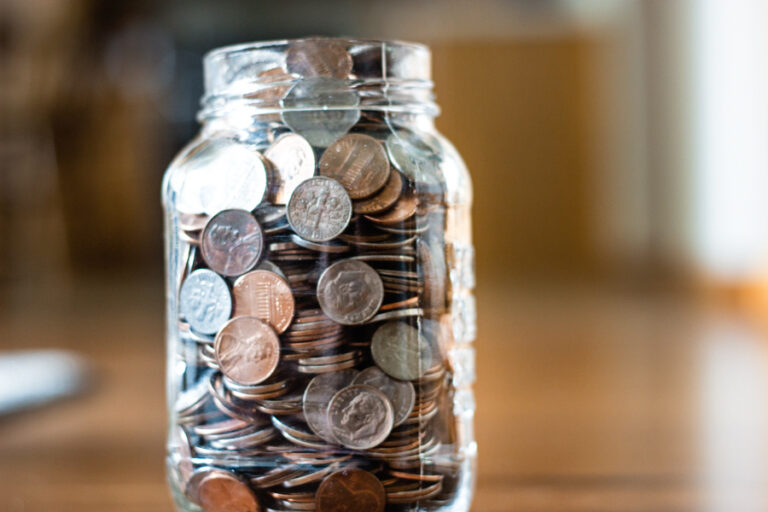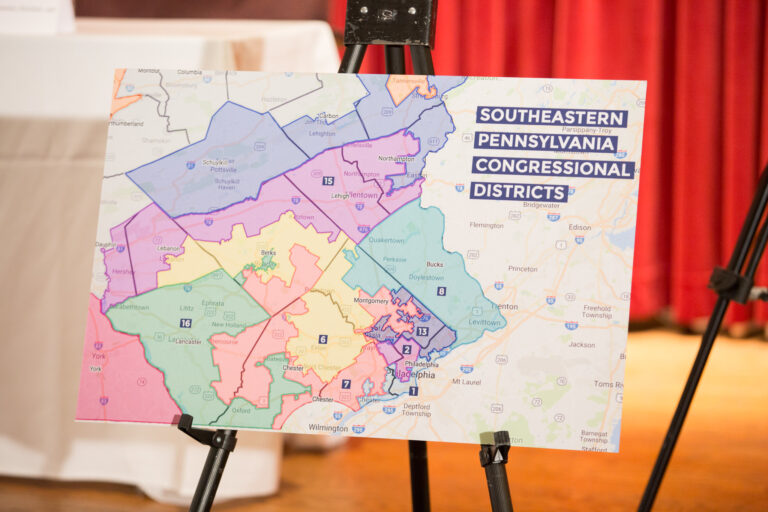Last week, I wrote about the inner workings of Uber’s business model and how the company has made several drastic changes over the summer. To briefly recap, Uber has increased the commission it takes from drivers while cutting the overall fares they charge customers. This has led to a steep decline in earnings for Uber’s “driver partners,” who have seen cuts of roughly 20% to their earnings per ride. (The whole post is here). According to economists, Uber continues to have a unanimously positive impact on consumers by increasing a constrained supply of drivers, but what about those “driver partners” who have seen drastic cuts in earnings per ride?
Simply put, the drivers don’t seem too pleased.
While much of the activity within Uber was limited to UberX, there was a critical moment that sparked a great deal of backlash within Uber’s driver corps. In September, UberBlack drivers in New York City, once insulated from the low fares of UberX, were informed that they must take UberX fares or risk being suspended from the Uber service entirely. In doing so, the company claimed that the new policy could increase hourly earnings for drivers by 35 to 50%. This has been the company line since the cuts to fares became permanent. According to Uber’s calculations, a driver will earn more because lower fares mean higher demand, shorter waits for pick-ups, and in the end more trips per hour. Essentially, the decrease in fare-per-ride is made up for by a significant increase in demand for rides by Uber drivers based on this price cut.
However, Uber quickly relented from the fare-switch for UberBlack drivers, stating, “UberBLACK and UberSUV partners can choose when and where to receive UberX requests.” Notably, they did not back away from their claims of increased earnings, but still determined that the change would not go into effect.
Why the change of heart?
First, Uber drivers did not take the changes too well. Drivers responded to Uber’s calculations showing increased earnings with their own math. According to the drivers, Uber fails to account for a critical factor – their independent contractor status. With each additional ride comes additional gas expenses and general upkeep that cut into any increase in total earnings. Uber even seems to have taken note of the drivers’ calculations, as ads for new drivers offer hourly wages of $18 rather than the original marketing pitch of drivers making between $75,000 and $90,000 annually.
But perhaps most importantly was driver organizing. Until recently, drivers had little to no interaction or connection with one another. Unlike their taxi driving counterparts, drivers for app-based services like Uber don’t have a physical centralized hub or base, nor do they have a union that can serve as a coordinator for future action.
That seems poised to change.
This flurry of new measures instituted by Uber sparked several coordinated protests by drivers. In response to the mandatory UberX fares for UberBlack drivers, an estimated 1,000 drivers gathered outside of Uber’s New York offices to protest the policy. These drivers coordinated a “strike” in which they turned off their phones, thus limiting the supply of Uber drivers on the road and leading to Uber’s infamous “surge pricing.” Such protests have also broken out in Los Angeles, where more than 200 drivers gathered outside Uber’s office in Santa Monica to protest the pay cuts and their treatment by the company. Uber workers in Seattle have also staged their own protests and have formed the Seattle Ride-Share Drivers Association. These protests from Uber drivers are in addition to the constant backlash Uber has faced from the traditional taxi industry, with medallion taxi drivers protesting Uber’s business practices in San Francisco, Washington DC, Boston, and Philadelphia.
And these protests aren’t limited to Uber. Another ride share service, Lyft, has seen drivers revolt as well in response to continuous fare cuts that the company must make in order to compete with Uber’s price point. Lyft has provided the same rationale as Uber – lower fares will lead to more rides and higher earnings overall. And again, drivers aren’t necessarily taking the claims at face value, as they have seen compensation go from a guaranteed minimum of $18 per hour to a fare rate of $1.10 per mile and $0.21 per minute with a variable commission of 0% to 20%, depending on the amount of hours driven for Lyft.
What remains to be seen is whether this driver-lead mobilization will continue with the same momentum as was seen in September. In California, a group called the California App-Based Drivers Association (CADA) has begun representing Uber drivers, as well as drivers for other ride-share apps such as Lyft and Sidecar. CADA is formally affiliated with Teamsters Local 986, the largest local union in the Western United States, and the group has organized a national protest in which drivers are asked to go “offline” on Wednesday, October 22nd. Beyond California, Uber drivers in Seattle have joined with Teamster’s Local 117, creating their own Seattle Ride-Share Drivers Association in tandem with the Teamster’s. In New York, the Uber Drivers Network NYC, the group behind this September’s protests in that city, has continued to expand its network of Uber drivers within the city.
Still, even if these protests continue to gain traction, tens-of-thousands of new drivers are signing up each day and the service continues to expand to new cities. On the ground organizing has been the most visible tactic in the drivers’ fight against these perceived wage cuts, but a key component of the drivers’ strategy to fight back are several class-action suits against Uber regarding alleged tip skimming and misclassification of drivers as independent contractors.
Next time, we will dig deeper into the claims of those suits and their potential impact on the burgeoning “1099 economy,” of which Uber is a key player.






Daily News & Commentary
Start your day with our roundup of the latest labor developments. See all
December 19
Labor law professors file an amici curiae and the NLRB regains quorum.
December 18
New Jersey adopts disparate impact rules; Teamsters oppose railroad merger; court pauses more shutdown layoffs.
December 17
The TSA suspends a labor union representing 47,000 officers for a second time; the Trump administration seeks to recruit over 1,000 artificial intelligence experts to the federal workforce; and the New York Times reports on the tumultuous changes that U.S. labor relations has seen over the past year.
December 16
Second Circuit affirms dismissal of former collegiate athletes’ antitrust suit; UPS will invest $120 million in truck-unloading robots; Sharon Block argues there are reasons for optimism about labor’s future.
December 15
Advocating a private right of action for the NLRA, 11th Circuit criticizes McDonnell Douglas, Congress considers amending WARN Act.
December 12
OH vetoes bill weakening child labor protections; UT repeals public-sector bargaining ban; SCOTUS takes up case on post-arbitration award jurisdiction